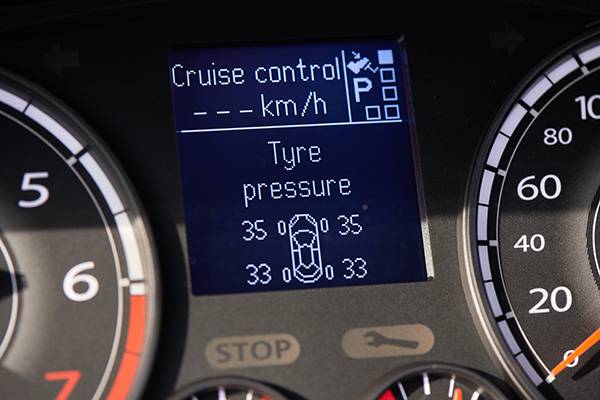
If your TPMS light illuminates, do you start panicking? What could it mean? Is there something seriously wrong with your car? Don't worry; you're not alone. We'll explain why your TPMS light might be on and explore some solutions to get you back on the road worry-free.
What is TPMS
Let's first understand what TPMS actually is. TPMS stands for Tire Pressure Monitoring System, and its primary function is to alert drivers when one or more tires are significantly under-inflated. This system is crucial for maintaining optimal tire performance, fuel efficiency, and overall vehicle safety.
Common Causes of TPMS Light Activation
Low Tire Pressure
The most common reason the TPMS light illuminates is low tire pressure. Even a slight decrease in pressure below the recommended level can trigger the sensor and cause the light to come on. This could be due to normal air loss over time, a punctured tire, or temperature changes.
Faulty TPMS Sensor
Another potential culprit is a malfunctioning TPMS sensor. These sensors are located inside each tire and monitor tire pressure. If a sensor fails or becomes damaged, it may send incorrect readings to the vehicle's computer, resulting in a false TPMS alert.
Battery Failure
TPMS sensors are powered by batteries with a limited lifespan. If the battery in one or more sensors dies, it can cause the TPMS light to illuminate. Replacing the sensor's battery or the entire sensor may be necessary to resolve the issue.
System Calibration
Sometimes, the TPMS system may need to be recalibrated to ensure accurate readings. Tire size, wheel rotation, or sensor replacement changes can throw off the system's calibration, leading to false alerts. Recalibrating the TPMS system using specialized equipment can help resolve this issue.
Solutions to TPMS Light Activation
Check Tire Pressure
The first step in addressing a TPMS light is to check the tire pressure in all four tires, including the spare if applicable. Use a reliable tire pressure gauge to measure the pressure and inflate any under-inflated tires to the manufacturer's recommended level.
Inspect TPMS Sensors
If all tires have sufficient pressure, the next step is to inspect the TPMS sensors for any visible damage or signs of malfunction. If a sensor appears damaged or is not functioning correctly, you may need to replace it.
Replace Sensor Batteries
If the TPMS light is due to a low sensor battery, replacing the batteries in the affected sensors should resolve the issue. Most TPMS sensors have replaceable batteries, but some may require replacing the entire sensor.
Recalibrate TPMS System
If recalibration is necessary, it's best to consult a tire technician with the proper equipment and expertise to perform the procedure accurately. Recalibrating the TPMS system will ensure that it accurately monitors tire pressure and prevents false alerts.
Ready to address that pesky TPMS light? Trust Marc Yount's Tire Pros for expert tire maintenance and TPMS diagnostics. Schedule your appointment today!